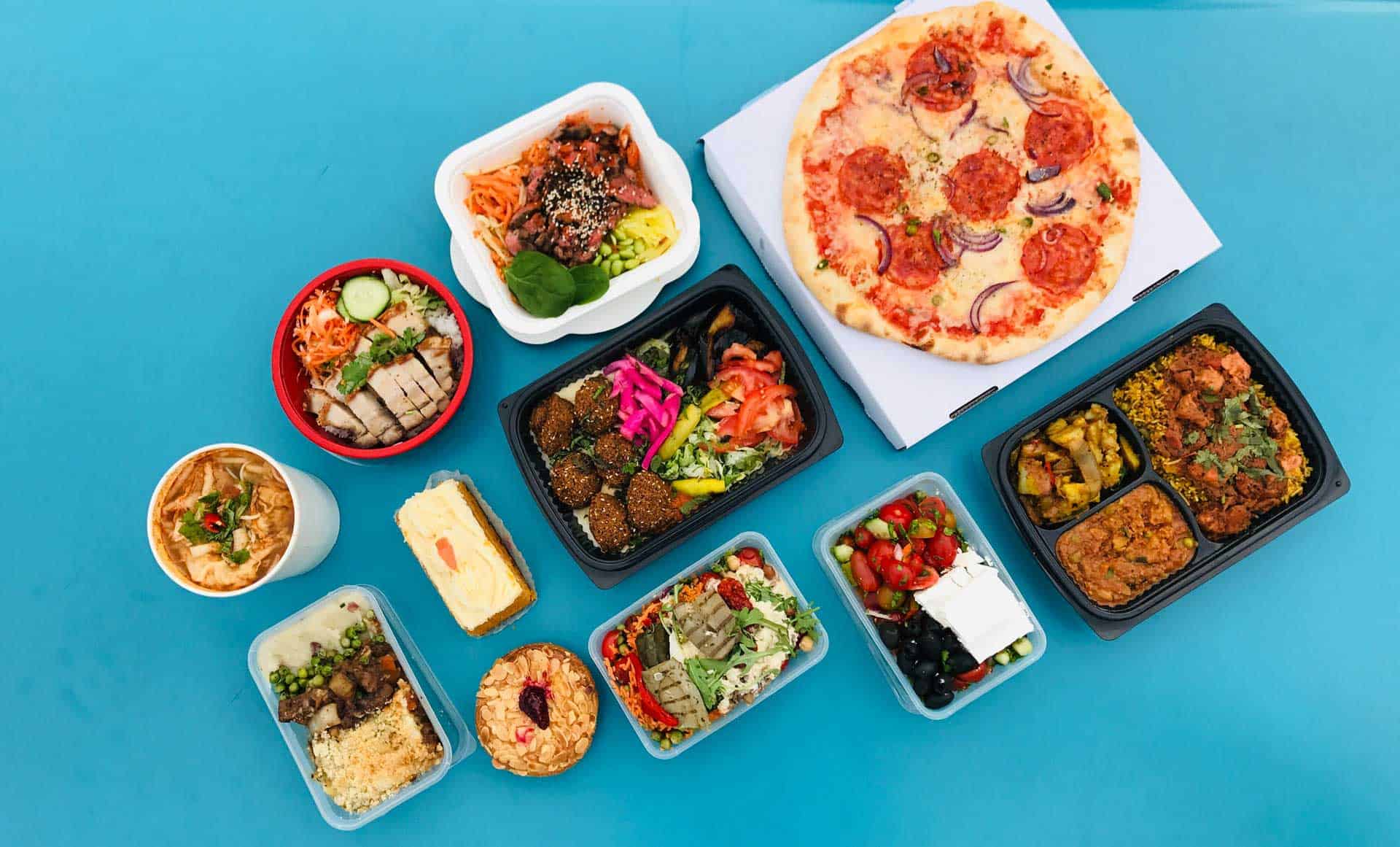Meal kit companies have been disrupting the restaurant sector since before 2020, but the pandemic supercharged the industry and the changes are here to stay. Analysts predict that the global meal kit industry will grow by almost $16bn between 2020 and 2024.
Having said that, it’s not all plain sailing for the sector. As more consumers opted for meal kits through lockdown restaurants and chefs entered the market, starting their own meal kit businesses in order to survive during lockdown. The disruptor is being disrupted.
Meal kit makers know how to pack a punch with their visual social content
“Traditional” meal kit makers like HelloFresh, Gusto and Blue Apron have a tried and true approach to social media content. Through images and video, these brands know how to create evocative visuals – showing us the visually appealing creations we can make from their kits.
They plan content around major stay-at-home events (like Blue Apron did in preparation for the last Super Bowl) and some even work with high profile influencers who reinforce their values of healthy eating (as Gusto did with The Body Coach).
Established meal kit providers know how effective UGC is too – nevermind perfectly-photographed studio food, we want to see real meals made by people like us.
Gusto and HelloFresh are great at encouraging people to share their creations, to encourage others to get involved.
They’re also keen to share their latest menus and cooking tips (some even create their own shows).
And they tell people about the things that matter, such as the source of their produce and what they’re doing to protect the environment.
How meal kit social content is changing
The new players in the meal kit market – the restaurants and chefs who started home delivery during the pandemic – are using many of the same tactics, but they’re going a step further in order to push the category into fine dining at home. They created a much-needed new revenue stream during the pandemic, and as restrictions ease, they are using content to differentiate themselves from their more established meal kit competitors, without cannibalising their in-restaurant service.
They’re doing this in two ways.
1. Showing people how they can recreate a restaurant experience at home. While their competitors focus on messages of health, convenience and providence, restaurant meal kit providers are basing their visual social content around reminders of the restaurant experience. Where established meal kit companies showcase a plate of food, these new brands are showing off selections of dishes designed to evoke the feeling of eating out.
This is about a luxury experience, a treat, rather than convenience or health, and serves as a reminder to people of the restaurant experience.
2. They’re connecting with people on a human level
For the businesses started by commercial chefs, social content is largely driven by creating a connection between the chef and their fans. It’s their business, so the content is personal. It’s authentic and genuine, letting people in behind the scenes to give them exclusive content, designed to encourage fans to emotionally invest in the brand.
Thai Apron might still share the usual picture of a meal kit spread, but you will also get a story about the origins and inspiration behind the recipe. You can almost see yourself in the marketplace picking the ingredients yourself.
Over on Ayo’s Instagram page, for example, you can see the chefs making pasta to go.
What can the more established meal kit companies learn from these new competitors?
- People crave a genuine human connection from a brand. This is all about storytelling. A peek behind the scenes of a restaurant, or a human story showing how a chef gets their inspiration – create those connections that give us social currency and make us feel invested in the people behind the brand.
- Passion inspires us. A beautiful looking plate of food is lovely in your Instagram feed, but to create a deeper connection, tell the story behind the dish. What’s the passion that drives the business?
- Understand what people crave. Social listening can help food brands discover people’s changing tastes and needs. Some people will crave convenience. Others want to replicate a luxury experience. And increasingly people want to know where their food comes from, its origins and ethics.
People connect through communities. If your brand has a clear purpose that people can get behind, they’ll connect with it and with each other based on shared passions, ethics, behaviours and stories. It is the strength of community that keeps people coming back for more.





